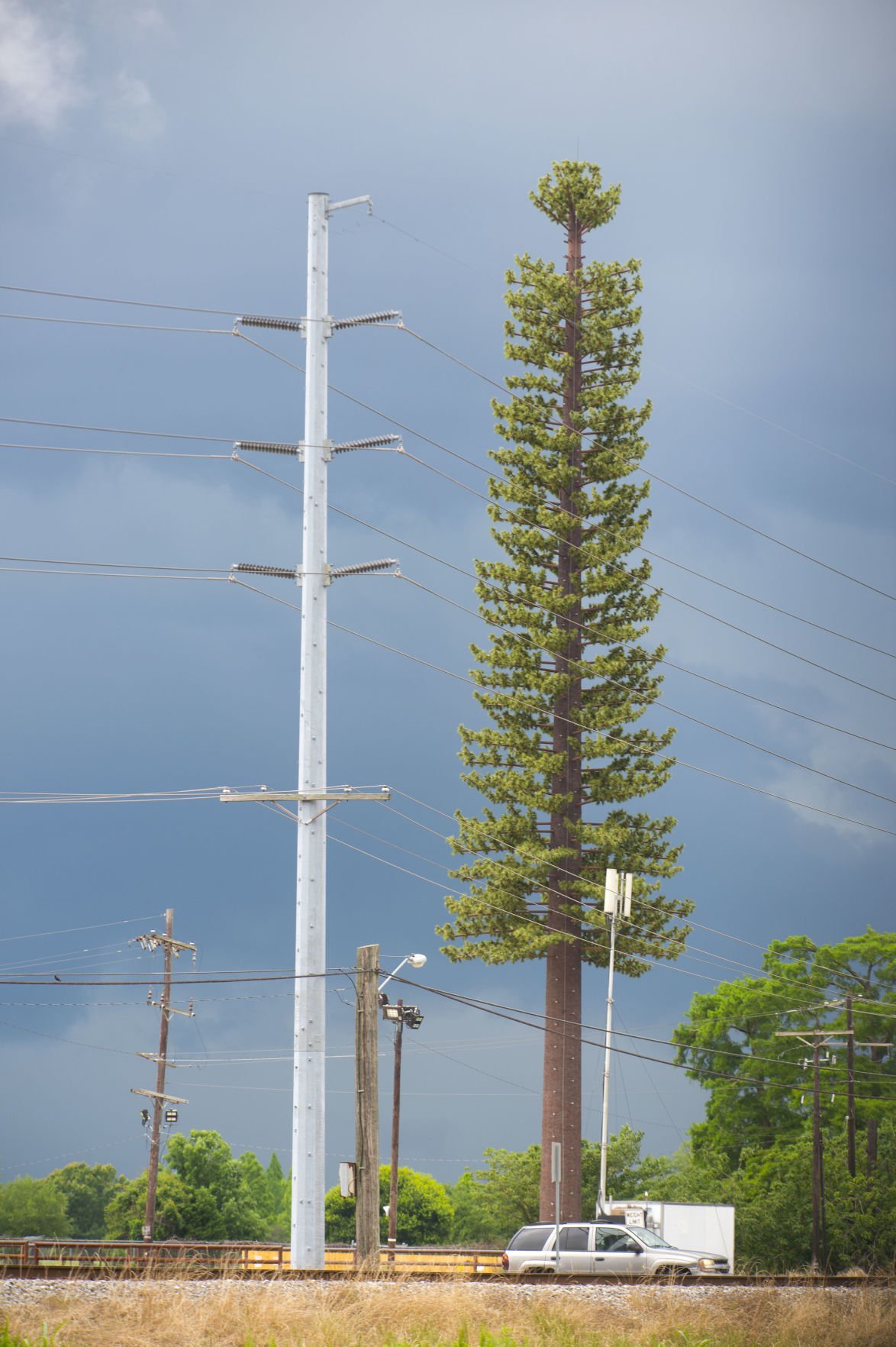If you've ever been through a town and spotted tiny cell towers for 5G placed on poles for street lighting. what is a safe distance from a cell tower look like little boxes however, they're actually transmitting wireless signals from mobile providers to your phone.

what is a safe distance from a cell tower are being replaced by the larger built cell towers. Although they're not as visible, they still can cause problems for people.
what is a safe distance from a 5g cell tower establish the safe limit at which one can expose to electromagnetic radiation from wireless devices. The limits for exposure are based on research which prove that electromagnetic energy could cause harm to health.
The rate of absorption called the specific absorption rate (SAR) is an indication of the radiofrequency energy absorbed by tissue. It's typically 1.6 milliwatts per kilogram spread over a Gram of tissue.
Since 5g is able to transmit at higher frequencies and has the potential to increase the intensity of energy on the skin and other exposed body parts. This can result in many potential harms, including exacerbated development of skin diseases such as dermatitis, skin cancer and cataracts.
Due to the possible severe effects of 5g radiation, PSU has chosen to set a general localized limits on power density, which is 4mW/cm2 measured across 1 centimeter, but not to exceed 30 minutes, for all 5G services running at 3000 GHz. This localized limit is consistent with the peak SAR that is spatially averaged at 1.6 W/kg, which is averaged over 1 grams of tissues at six GHz.
The FCC's Maximum Exposure Thresholds for Maximum Exposure
If you've ever used a mobile phone, then you've probably realized that the safest range from the tower should be at least 400 meters. This is due to the power of the transmission of the cell tower is significantly increased the further away your location from the tower.
While it sounds like an ideal idea however, people who live close to towers could be more prone to health issues. For instance, a study conducted in 2014 in India discovered that people who lived within 50 meters of cell towers had much more health problems than those living further far from antennas.
But, the study revealed that those who relocated to areas that were further from cell towers noticed their symptoms return to normal within a couple of days. Studies have also revealed that exposure to high frequencies of radiofrequency electromagnetic fields (EMFs) can lead to brain tumors, cancer and other health issues.
This is due to the fact that radiofrequency radiation, used in wireless communication, can penetrate the human body's outer layer, the skin. This is important to understand since the skin functions as a barrier to protect against injuries caused by mechanical forces, infections by pathogenic microorganisms, and the entry of harmful substances. The skin is the largest organ of the human body, and is accountable for keeping the integrity of other organs.
The FCC's Minimum Exposure Thresholds
The FCC's Minimum Exposure Thresholds are based on various assumptions that aren't supported by scientific evidence. They include the incorrect belief that exposures to RF radiation is safe due to minimal radiation penetration in the human body (i.e. the heating of tissues).
This assumption does not take into account the more extensive penetration of ELF parts of the modulated RF signal, as well as the effect of brief bursts of heat caused by RF pulses. These assumptions do not correspond with the current understanding of biological effects of RF radiation. Therefore they shouldn't be considered for health protection exposure standards.
In addition there is the fact that both ICNIRP and FCC restrict the maximum limits of exposure to peak local SARs that are based on the maximum speed of spatial absorption (psSAR), which can be described as an inadequate dosimetric tool to determine the degree of radiation exposure. In particular the psSAR tool is not accurate for frequencies above 6 GHz. Additionally, psSAR hasn't been evaluated for RF radiation that is exposed to other environmental agents such like sunlight. In the event of interactions, RF radiations with different agents in the environment could cause synergistic or antagonistic results. This can lead to an increased risk of adverse health consequences. For instance, exposure to RF radiation along with exposure to sunlight can raise the chance of developing skin cancer, and may also exacerbate other skin conditions like acne.
